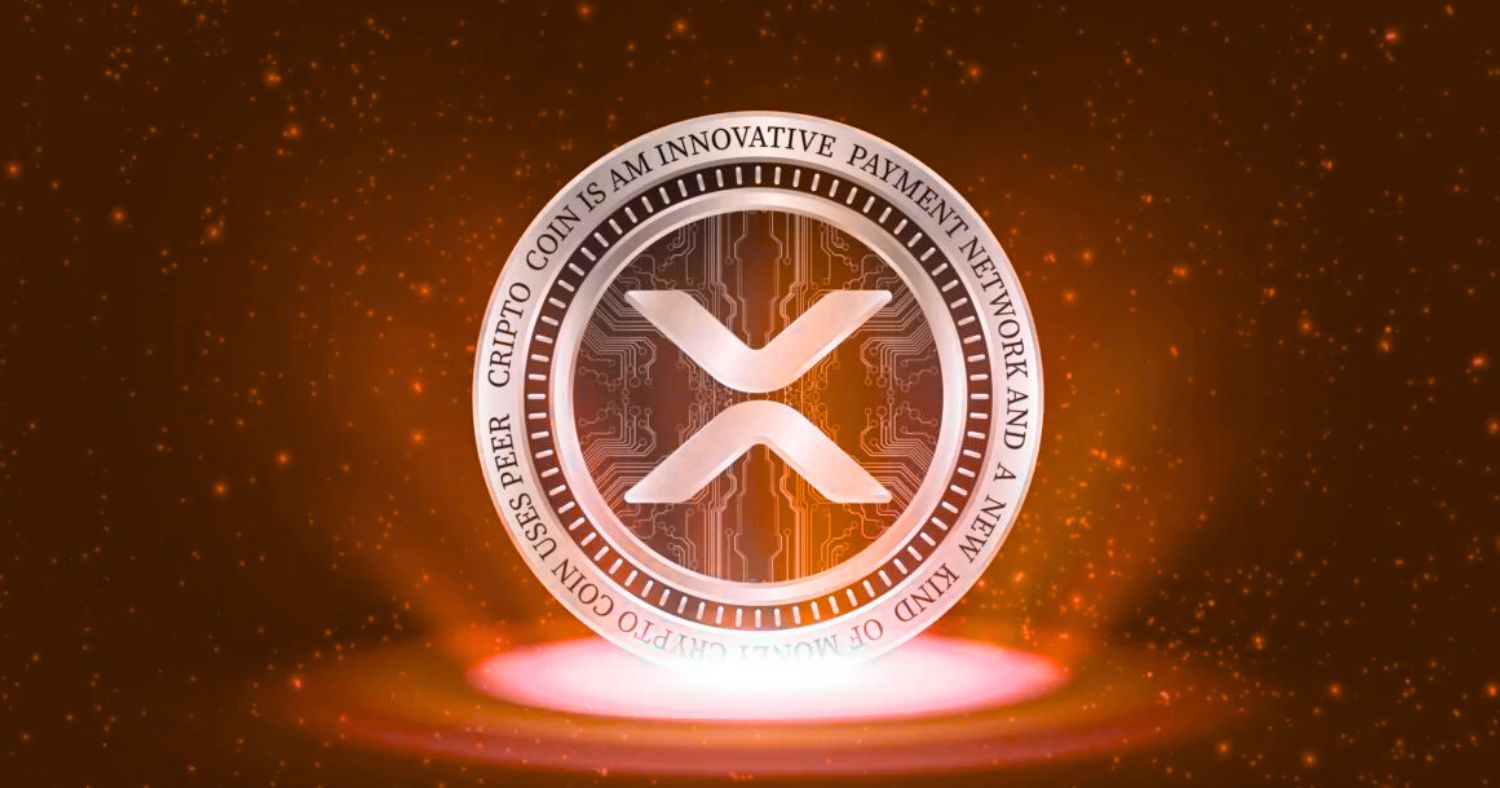The cryptocurrency market is abuzz with renewed optimism surrounding XRP, the digital asset at the core of Ripple’s payment network. Following the official conclusion of its protracted legal dispute with the U.S. Securities and Exchange Commission (SEC), Ripple is strategically pivoting towards global expansion and innovation, solidifying XRP’s role as a bridge currency for seamless cross-border transactions. This landmark settlement not only provides crucial regulatory clarity for XRP but also sets a precedent for the broader digital asset landscape.
A New Era of Growth for RippleNet
Ripple’s ambitious vision for a modernized financial system is rapidly taking shape. The company’s On-Demand Liquidity (ODL) solution, which leverages XRP to facilitate instant and low-cost international payments, continues to expand its reach. Hundreds of financial institutions worldwide are now integrated into RippleNet, reflecting a growing institutional embrace of blockchain technology for global settlements. Beyond remittances, Ripple is also deepening its involvement in the development of Central Bank Digital Currencies (CBDCs), collaborating with governments to integrate blockchain into national payment infrastructures.
A cornerstone of Ripple’s technological prowess lies in its unique Ripple Protocol Consensus Algorithm (RPCA). Unlike energy-intensive proof-of-work systems, RPCA enables transactions to be validated in mere seconds, offering unparalleled efficiency and scalability for real-time gross settlement.
Strategic Acquisitions and Ecosystem Expansion
In a significant move to bolster its stablecoin offerings, Ripple recently acquired stablecoin payments firm Rail for an estimated $200 million. This acquisition is set to accelerate the integration of Ripple’s recently launched RLUSD stablecoin into the existing ODL corridors, positioning Ripple as a formidable player in the burgeoning stablecoin market. Further cementing its global footprint, Ripple has also partnered with BDACS in South Korea, bringing institutional-grade XRP custody services to the region and strengthening its presence in the vital Asian market.
The XRP Ledger (XRPL) itself is evolving to support new use cases. A notable collaboration with Ctrl Alt will see the XRPL host tokenized real estate assets from Dubai, leveraging Ripple’s secure custody infrastructure for digital title deeds. This move underscores the XRPL’s versatility for real-world asset tokenization. From a decentralized finance (DeFi) perspective, XRP holders will soon gain enhanced utility through Flare’s FAssets protocol, allowing them to “wrap” XRP into FXRP for participation in staking and liquidity platforms without requiring traditional seed phrases. Additionally, developers are working on the XLS-0089d metadata standard, aiming to improve discoverability and interoperability for XRPL tokens.
Market Dynamics and Outlook
Despite a brief 13% rally immediately following the SEC settlement announcement, XRP experienced a modest 5% pullback due to profit-taking. This suggests that while sentiment is largely bullish, market participants remain cautious. Currently trading at $3,27, XRP has shown a modest 0,5% daily increase, backed by a robust market capitalization of $193,97 billion and a 24-hour trading volume of $9,32 billion. The token’s circulating supply stands at 59,3 billion XRP, with the remaining balance held in escrow by Ripple Labs.
From a technical standpoint, XRP has demonstrated resilience, holding firm above the $3,20 support level. Bullish traders are now closely watching the $3,50 resistance zone, eyeing a potential breakout. The price action indicates a period of consolidation after a mid-year rally, suggesting accumulation by large holders in anticipation of further ecosystem developments. Sustained trading volume above the current average could pave the way for continued upward momentum.
Looking ahead, Ripple’s roadmap is clear: expand ODL corridors, deepen CBDC integrations, and enhance tokenization and smart contract functionalities on the XRPL. The broader trend of institutional adoption, highlighted by banks investing over $100 billion into blockchain infrastructure since 2020, further solidifies XRP’s strategic positioning. If regulatory clarity continues to improve and RippleNet’s institutional footprint expands, analysts project a potential surge for XRP, targeting the $4–$5 range in the upcoming market cycle.
Disclaimer: This article is provided for informational purposes only and does not constitute financial advice. Investors should always conduct their own thorough research and consult with a qualified financial advisor before making any investment decisions in cryptocurrencies, which are highly volatile and speculative assets.
You might be interested






